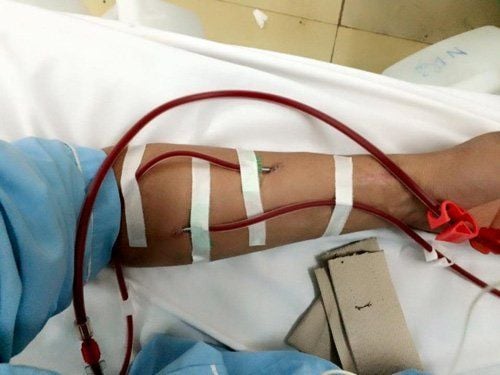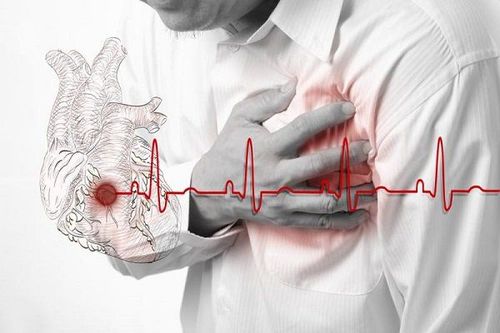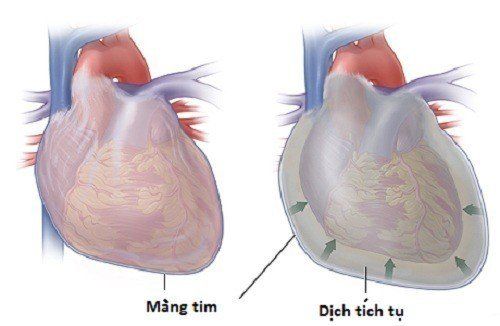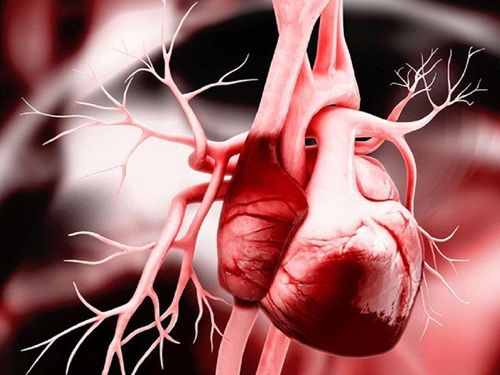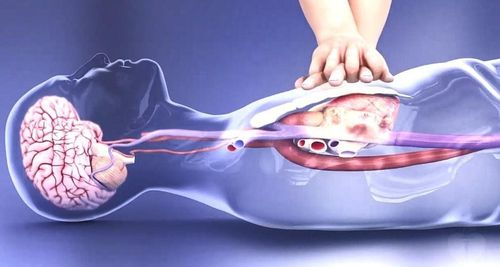This is an automatically translated article.
The article was professionally consulted with Master, Doctor Vu Huu Thang - Resuscitation - Emergency Doctor - Emergency Resuscitation Department - Vinmec Ha Long International Hospital.Although the method of rescue breathing is simple, it can save a child with apnea or sudden respiratory failure when there is no emergency vehicle to support.
1. In what cases is CPR performed?
CPR is an emergency technique performed at the scene when the patient has stopped breathing or has sudden respiratory failure without emergency means to assist. The purpose of the CPR method is to blow a rescuer's exhaled air into the patient's lungs by pressing his or her mouth to the patient's nose or mouth. This is an apnea emergency technique that needs to be popularized in the community so that each person can give first aid to the patient in an emergency.CPR has no contraindications, however, it is not recommended to give direct breaths to victims with infectious diseases such as HIV,...
2. Steps to carry out breathing techniques for children
The person performing CPR on a child can be a doctor, nurse, or someone trained in breathing techniques. Before giving CPR, call for help. Place the infant on its back, safely on a hard surface. Steps to perform the child's breath technique are as follows:Open the airway and open the airway by lifting the child's chin or pressing the jaw. The rescuer places his hand on the child's forehead and then slowly pushes it back. For infants, place the neck in the neutral position. For older children, place the neck slightly backward. The finger of the rescuer's other hand is placed under the child's chin to push forward. Pay attention not to forcefully push the child's jaw because this move can cause more severe damage to the cervical spine if there is an accompanying injury. Open airways cautiously in both children with or without cervical spine injury. The first aider gives 5 breaths according to the mouth-to-mouth method for older children or mouth-to-nose in young children. If both mouth and nose cannot be covered, rescuers should only blow through the mouth or nose. During the procedure, it is necessary to observe the movement of the baby's chest. CPR is effective when the chest moves after each breath. If the child has a cardiac arrest, perform rescue breathing combined with chest compressions. Monitor the child's respiratory and circulatory status after giving rescue breaths. Contact the transportation center, transport the child to the nearest emergency department as soon as possible. SEE ALSO: First aid steps for children with electric shock
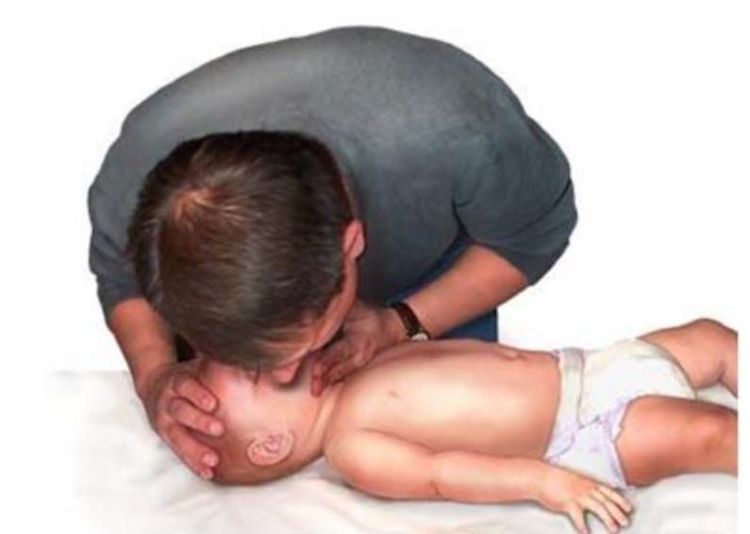
3. Notes on breathing for children with apnea
In the process of performing rescue breathing for apnea, to be safe for the child, it is necessary to pay attention to the following points:When giving rescue breaths, the rescue pressure may be higher than normal because the airways of the child are small. The respiratory rate should be adjusted slowly to the lowest possible pressure to relieve abdominal distention. Gently press on the thyroid cartilage to relieve gas into the stomach. During CPR, attention should be paid to the child's circulation. Some complications can be encountered when giving breath to children such as alveoli rupture when blowing high pressure, transmission of some infectious diseases, abdominal distention,... The specific condition of the child will be handled by the doctor when given treatment. taken to a medical facility.
Please dial HOTLINE for more information or register for an appointment HERE. Download MyVinmec app to make appointments faster and to manage your bookings easily.
Source: Pediatric technical procedures- Ministry of Health





